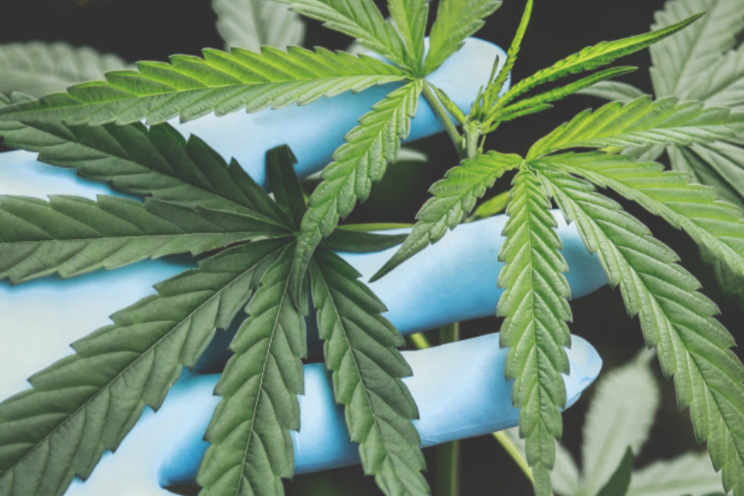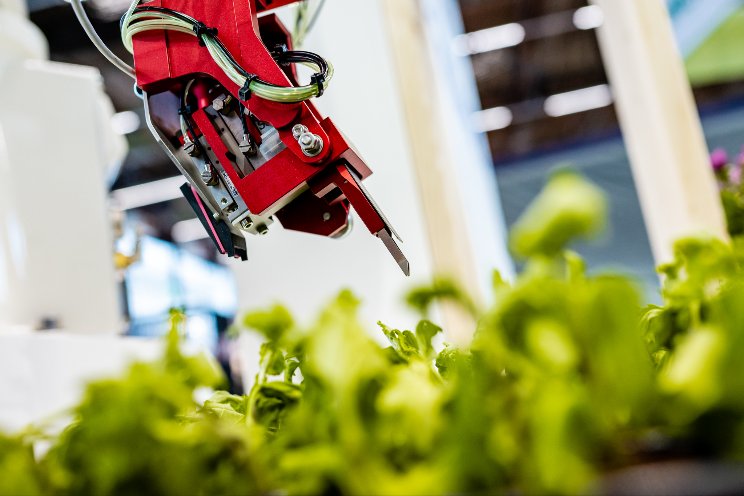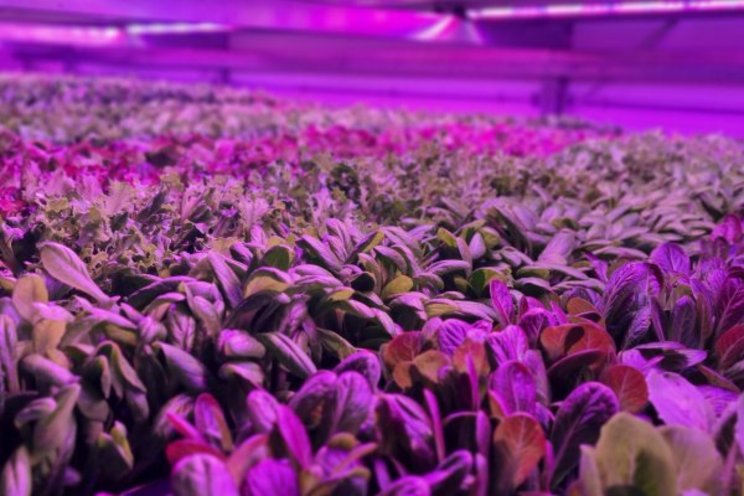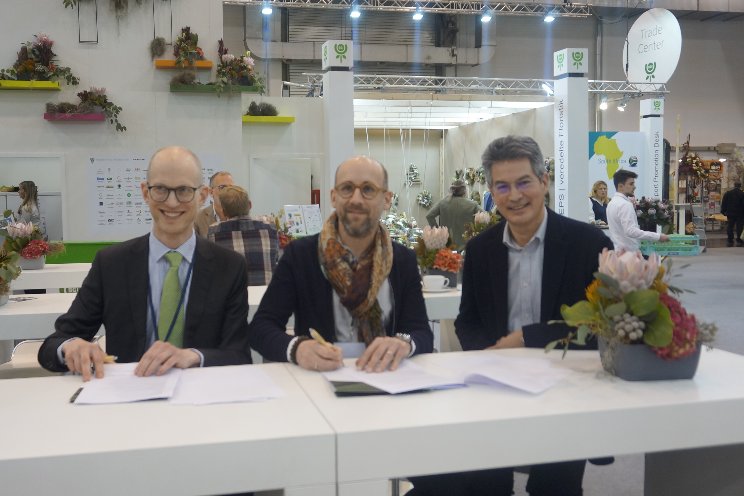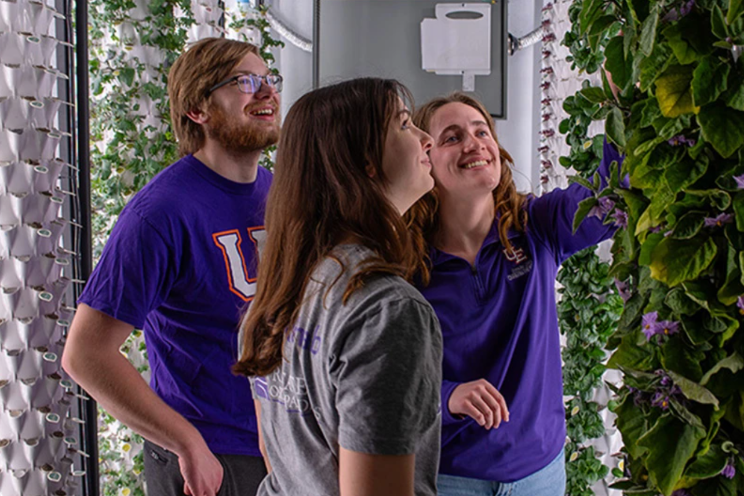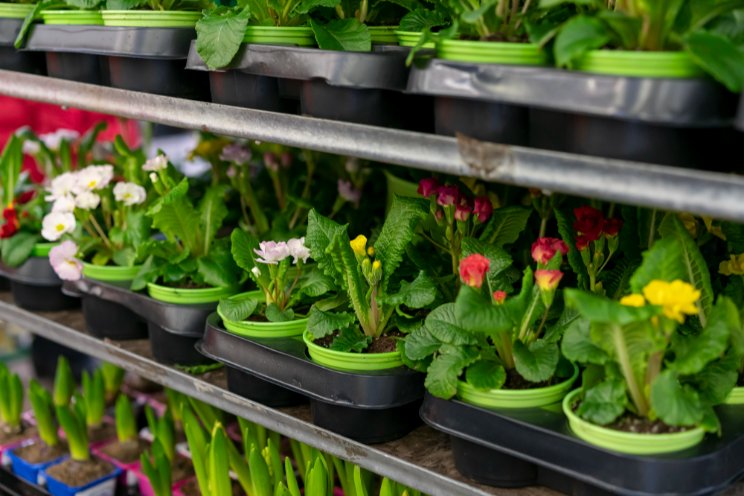4 top considerations when selecting a greenhouse covering
Added on 31 May 2023

Greenhouse operators have more information–and more to consider–than ever when installing new coverings. From materials and light transmission to insulation and shading needs, running a profitable and efficient operation starts with the right choice of building envelope.
Here, greenhouse experts and current operators offer their insights into the factors operators must weigh when making a greenhouse covering purchase.
MATERIAL COST AND LONGEVITY
Greenhouse envelopes come in a wide array of materials. Commercial operators typically will employ glass, polycarbonate, or acrylic coverings. Budget can greatly dictate the choice of material that an operator will select for their facility, as siding costs can rapidly stack up.
Polycarbonate sidings will typically have the lowest cost per square foot (~$1.50 for a double wall, 4mm siding), but also the shortest expected lifespan—only 10 to 15 years. That said, a thick, 5-wall, 25mm polycarbonate siding can cost up to $8 per square foot, according to RII’s Facility Design & Construction Best Practices Guide.
“I call polycarbonate the ‘Toyota of glazings,” Josh Holleb, Systems Integration Specialist at Ceres Greenhouse Solutions, says. “It’s just super versatile. It’s not fast, it’s not sexy, but it does what it’s supposed to.” By comparison, single-pane glass coverings can be twice as expensive as polycarbonate but can last up to 30 years. Costs go up to $6 per square foot for double-paned glass.
“Glass is also heavy so the structure changes,” Holleb says, which can increase costs. “The glass also has to be treated appropriately with a film,” to avoid it shattering in case of breaks, he adds.
Acrylic bridges the gap at an average cost of $2.66 per square foot, with expected use extending from 15 to 30 years, depending on location and maintenance. “Acrylic is high-performance, UV-transmissive,” Holleb says. “But… there’s a fragility to it, so it matters what you’re growing.”
It should also be noted that acrylic is also more flammable than most other materials, so any combustion heaters or generators will have to be spaced appropriately away. For larger operations, designers and operators can consider using glass in their central corridor to create a fire break.
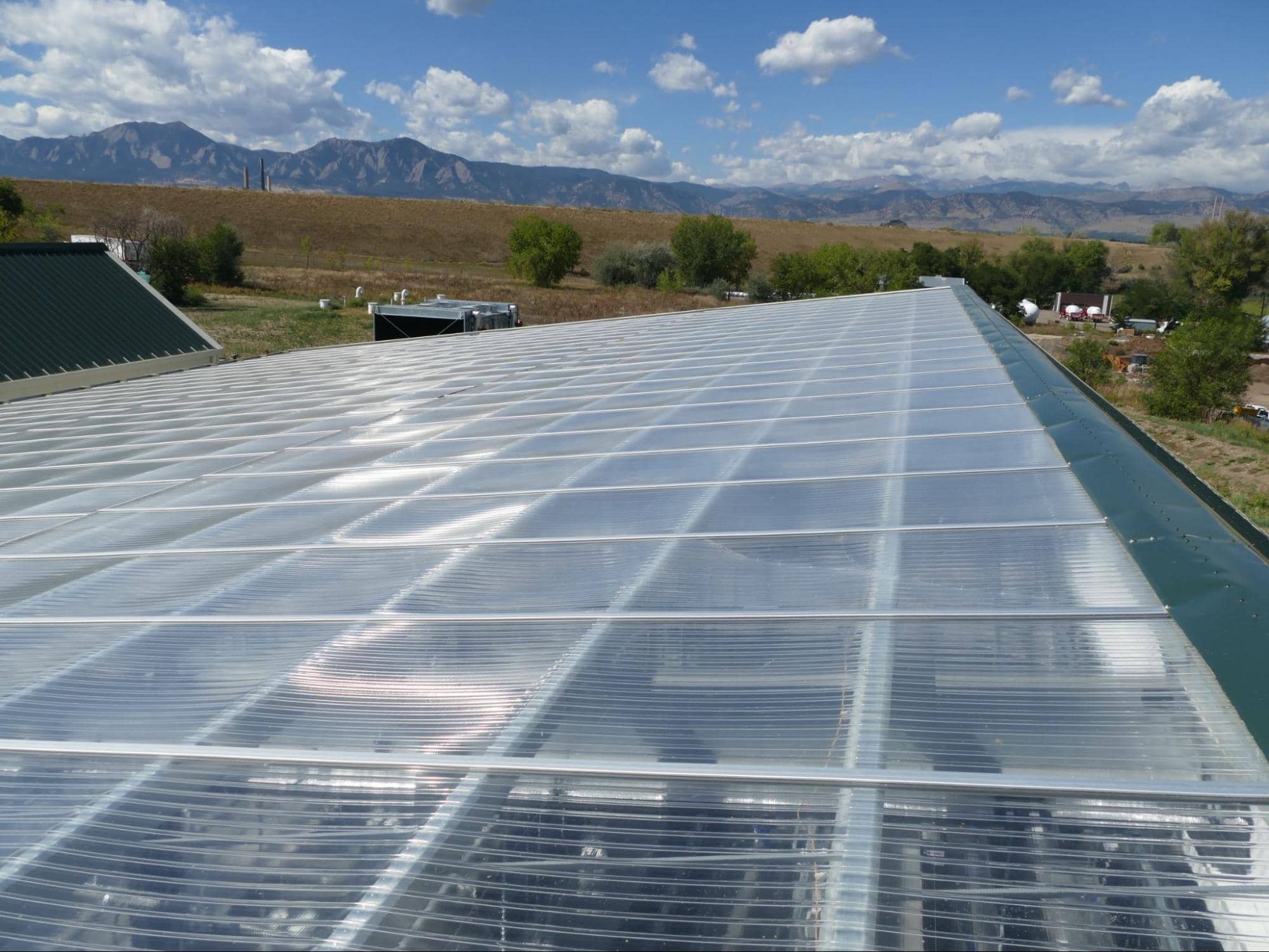 Image provided by Ceres Greenhouse Solutions
Image provided by Ceres Greenhouse Solutions
LIGHT TRANSMISSION
One of the reasons a greenhouse operator would sacrifice durability or longevity is light transmission. A single-layer acrylic covering can have a light transmission rate of up to 90%, which would make it a good option for fruiting plant growers.
Header Image provided by Ceres Greenhouse Solutions
More news
